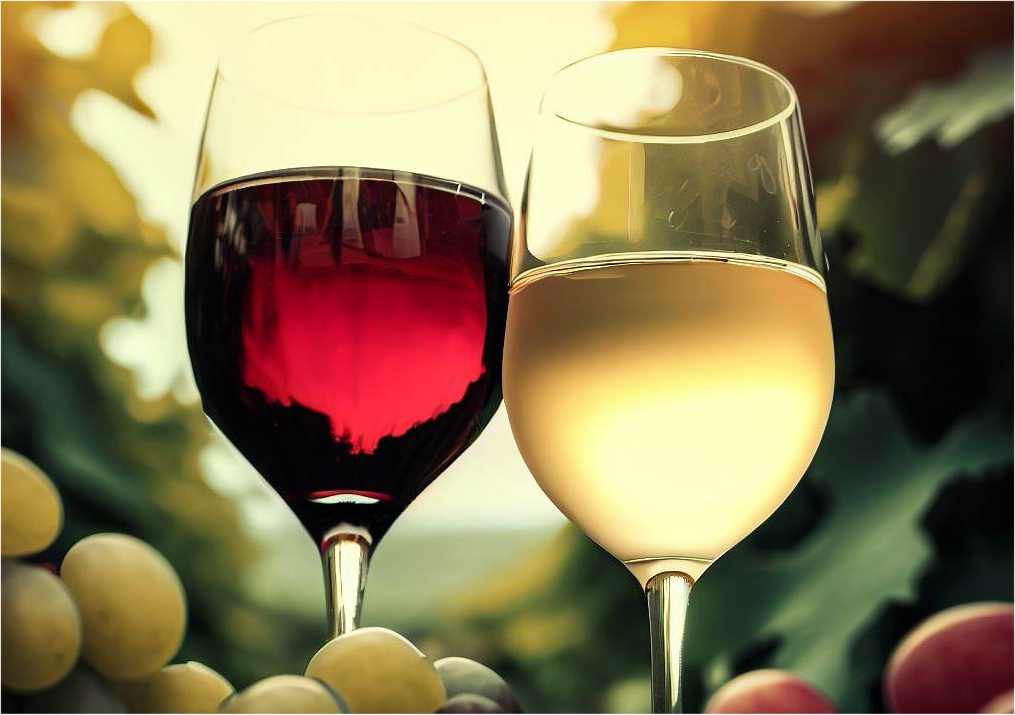
Something that’s often overlooked, but plays a significant role in your wine-drinking experience, is the temperature at which the wine is served. Serving wine at its ideal temperature can dramatically enhance its quality, revealing its complexity, balance, and true flavour.
Before getting into more detail, it is worth noting that the adage “red wine at room temperature, and white wine from the fridge” is a gross oversimplification. The ‘room temperature’ concept originates from the time before house heating, when average room temperatures were quite lower than today. Furthermore, wines, just like people, are unique, and different wines will reach their prime at slightly different temperatures.
Ideal Temperatures for Red Wines
Red wines generally are best served slightly below room temperature. However, the ideal serving temperature varies across different types of red wines:
Light-bodied Reds (such as Pinot Noir, Beaujolais): These wines are best served at cooler temperatures, ideally between 12-16°C. Serving them cool helps highlight their acidity and fruity notes.
Medium-bodied Reds (like Merlot, Shiraz, Malbec): They perform best slightly warmer than their light-bodied counterparts, ideally between 16-18°C. At these temperatures, the characteristically rich fruit flavours of these wines can be fully expressed.
Full-bodied Reds (such as Cabernet Sauvignon, Bordeaux): These complex, tannic wines are best when served at temperatures ranging between 18-21°C.
The concept of ‘room temperature’ can be misleading, as the average temperature in modern homes frequently surpasses the ideal temperature for serving. The widely accepted practice of serving red wines at room temperature often results in wines being overly warm, which can confuse their flavours and diminish their appeal, especially in summer.
To enhance the refreshing, aromatic, and fruit-forward qualities of red wines, a short refrigeration period of around 15-20 minutes is recommended. This is particularly appropriate for lighter-bodied reds. However, not all wines are suited to chilling. Wines that are highly tannic, alcoholic, or extremely full-bodied, prized for their intricate flavours and structure should not be refrigerated.
Ideal Temperatures for White Wines
Just like red wines, different styles of white wines also have different temperature sweet spots:
Light-bodied Whites (like Sauvignon Blanc, Pinot Grigio): These are often served chilled, around 7-10°C. This allows the crisp acidity and bright fruit flavours of the wine to show through.
Full-bodied Whites (such as Chardonnay, Viognier): These wines thrive at slightly warmer temperatures, ideally between 10-13°C. At this temperature, their rich, creamy and any oaky flavours are optimally expressed.
Sweet White Wines (like Late Harvest or Ice wines): These should be served quite cold, 5-7°C. The sweetness of these wines is balanced by the cooler serving temperature.
White wines, much like their red counterparts, have an optimal serving temperature range that best reveals their flavour and aromatic qualities. While it is often suggested to serve white wines chilled, it’s essential to note that over-chilling can actually be detrimental to the wine’s taste. Cold temperatures slow down the process of volatilisation – the mechanism that allows aroma compounds to evaporate from the wine and reach our senses.
Instead of serving your white wine straight from the refrigerator, consider taking it out a bit earlier. Allowing the wine to warm slightly before serving can prevent the flavours and aromas from being dulled by the cold.
Remember, personal preference always plays a crucial role, so experiment with different temperatures to find what best suits your palate. In addition, factors like the temperature of your surroundings can influence the perceived taste of the wine.













